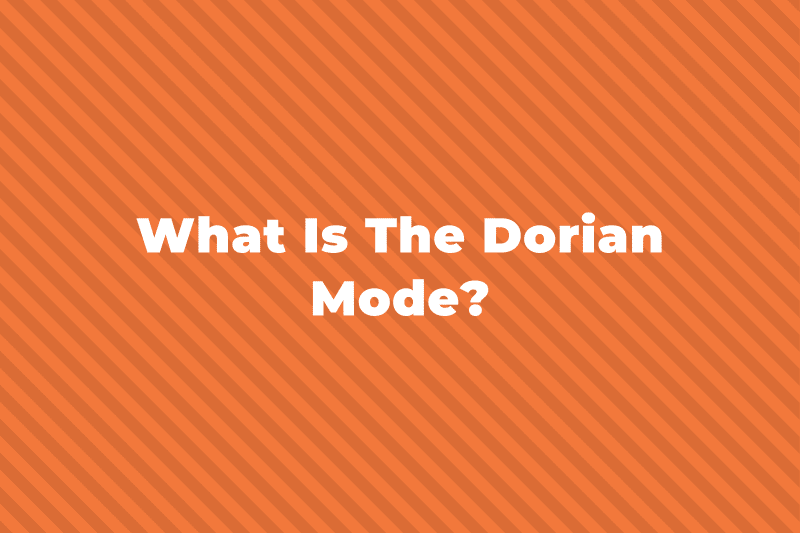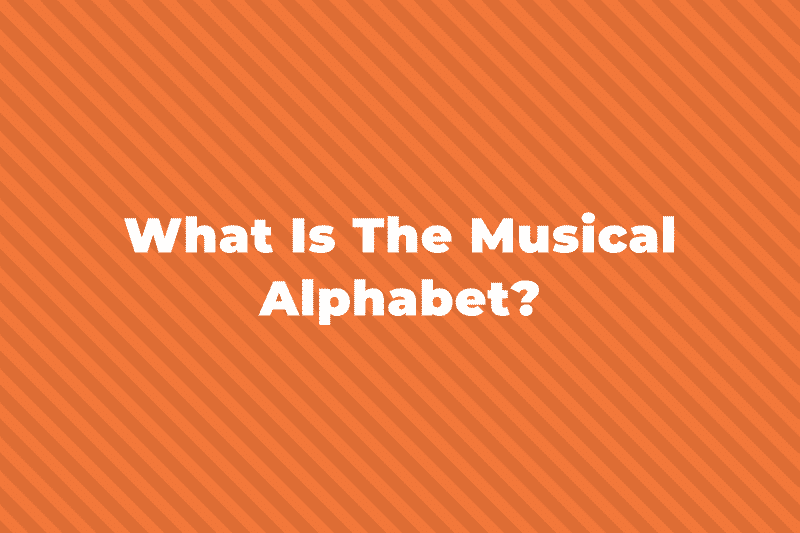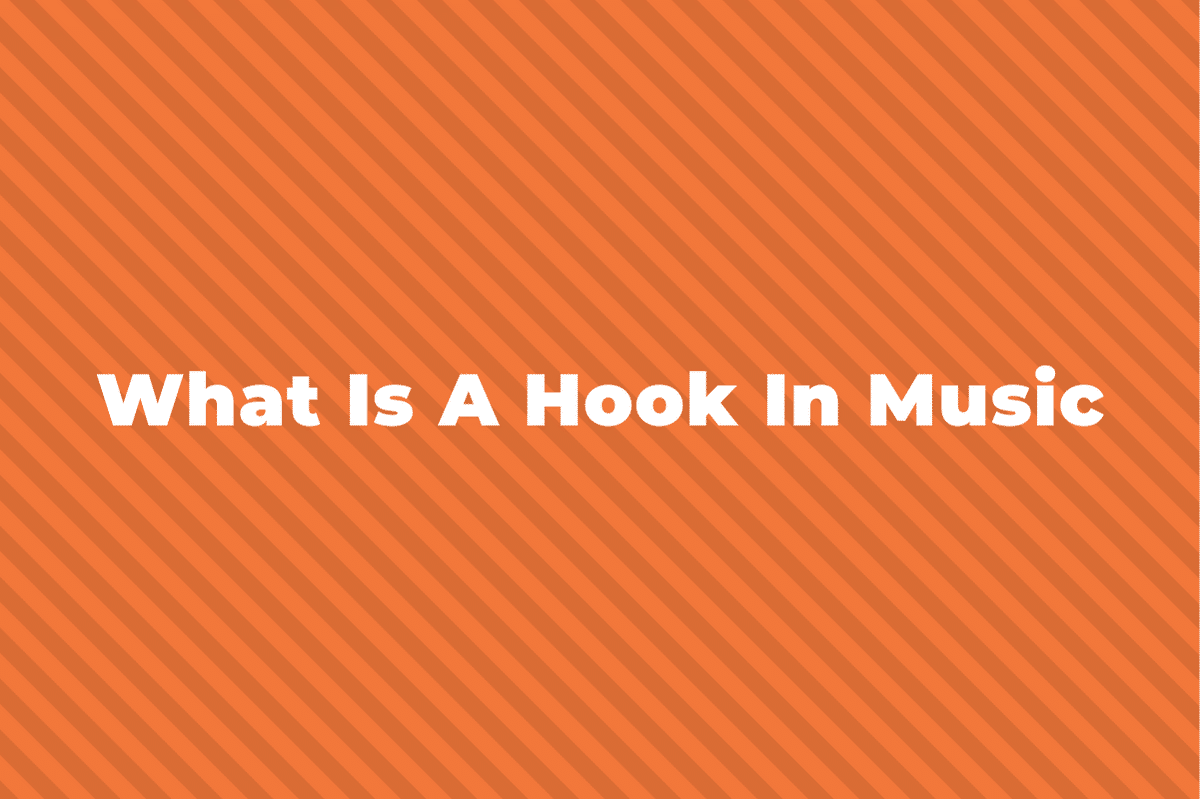Gregorian chant has been a considerable part of sacred music since the 9th and 10th centuries. The melancholy beauty of its chorus pervaded the vast worship halls of great early European churches and echoes into modern music in classical forms that somehow still ring true.
But, exactly what is Gregorian chant, and what are its characteristics? In this post, we’re going to attempt to give a detailed examination of the history and characteristics that define Gregorian chant, then and now.
Background and History
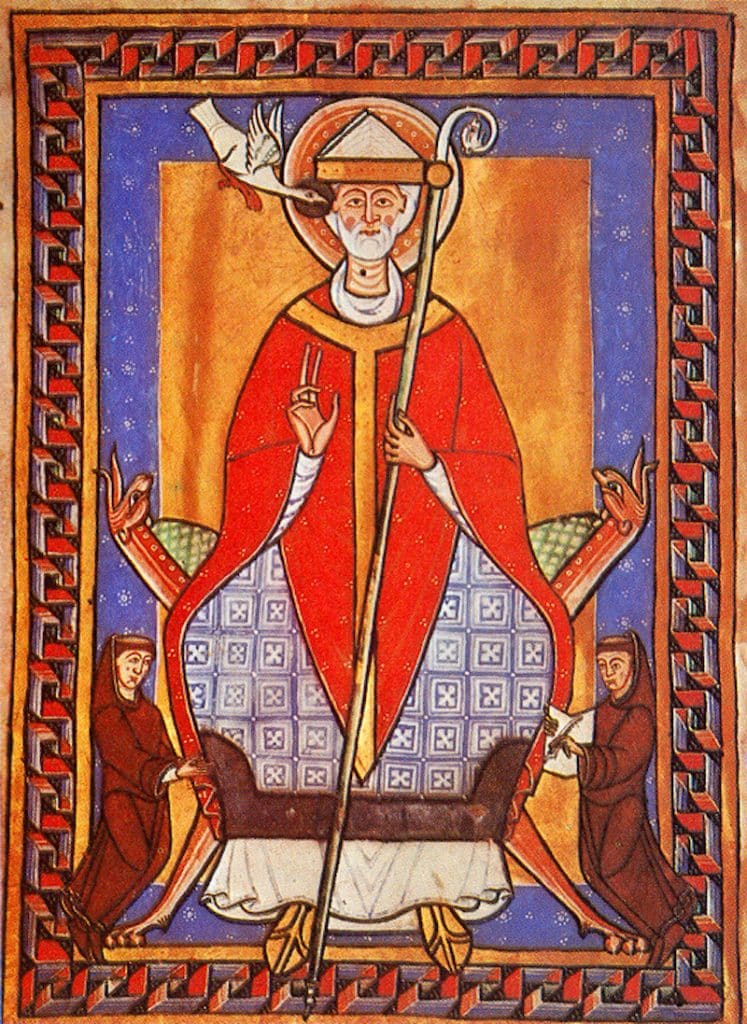
Gregorian Chant was initially formed in the 9th century, after the death of Pope Gregory I who’s generally credited with inventing it.
Pope Gregory I (715-731 AD) may have first influenced the formation of Gregorian style chant as sacred music after the music began as prayer enhanced by art in song, and it read like poetry set to music.
St. Augustine suggested that putting prayer into song “added such power, it is like praying twice“.
However, as secular values overshadowed religious leanings over the first half of the first millennium, Gregorian chant faded in popularity.
Gregorian chant fell into the shadowed halls of remote monasteries and the spare cubicles of nuns and monks in the closed quarters of massive cathedrals.
As the Holy Roman Empire’s power and influence waned in the 15th century, the seat of the pope returned to Rome after several generations spent in Avignon, France.
Rome had crumbled after its fall, and the current pope dedicated himself and the church to reinventing the city in the name of God.
The renewed power of the clergy in Roman culture reintroduced Gregorian chant to the public.
As the people embraced religion and sacred music once again, Gregorian chant became the most popular style of music until the Renaissance began in the 16th century.
Characteristics and Style
Gregorian chant is a monophonic style of music, meaning there is only one melodic line.
With the absence of polyphonic harmonies, all singers follow the single melody in unison.
The effect is often magnificent, sometimes haunting, especially when sung in acoustically perfect places of worship like St. Paul’s Cathedral in London or the Basilicas of Rome.
Today, Catholic and Protestant ceremonies use Gregorian chant in the call and response liturgy of sermons.
When the priest or reverend sings a line of the liturgy and the congregation sings the response, they are singing Gregorian chant.
And modern Solfege singing is derived from ancient Gregorian chant.
Instrumentation
Traditionally, Gregorian chant was performed solely using human voices.
The unaccompanied vocals of the choir filled the church with a central focus on the often somber, sometimes soaring melodic intonation of sacred texts or vowel sounds.
Strings or wind instruments, mainly flutes, harpsichords, organs and violins, and occasionally electronic instruments like keyboards and synthesizers may accompany modern interpretations of Gregorian chant.
As Gregorian chant lacks a definitive rhythm section, even modern Gregorian chant excludes drums and bass instruments.
Form and Texture
Several voices in unison usually perform the single melodic line.
The texture is smooth and velvety, slow and flowing, ranging from Largo (slow) to Andante (“walking tempo”) in tempo.
The notes flow together as a river, with few pauses and no short or staccato notes.
Breath is a significant part of Gregorian chant, and performers often deliberately alternate breathing with each other to continue the melodic flow without interruption.
The vocal range of the composition depends on who is singing the intended piece.
Boys’ and all-female choirs sing Gregorian chant in tonalities ranging from alto to soprano and, more rarely, falsetto.
Men’s choirs may sing in tonalities ranging from bass to tenor and, less commonly, alto.
Mixed choirs offer the most expansive versatility, with most of the vocal ranges represented.
Regardless of how many tonal ranges are present in a composition, vocalists sing the same note, only in different octaves.
Famous Composers
Famous medieval composers of Gregorian chant were primarily men and, as a rule, held ministerial positions among the clergy.
Some of these composers influenced later composers of the Renaissance era, and a few of their compositions are still popular among classical buffs today.
1. Stephen of Liège
Stephen of Liege is one of the earliest known composers of Gregorian chant.
He held various lesser positions in the clergy before serving as Bishop of Liege from 901 to 920 AD.
Stephen also wrote biographies of saints and other important religious figures.
2. Fulbert of Chartres
The mysterious origins of the French teacher and Bishop of Chartres remain unknown.
Still, some of Fulbert’s compositions live on, including several hymns glorifying the Virgin Mary and the still-venerated Easter tribute “Chorus Novae Jerusalem.”
3. Hildegard von Bingen
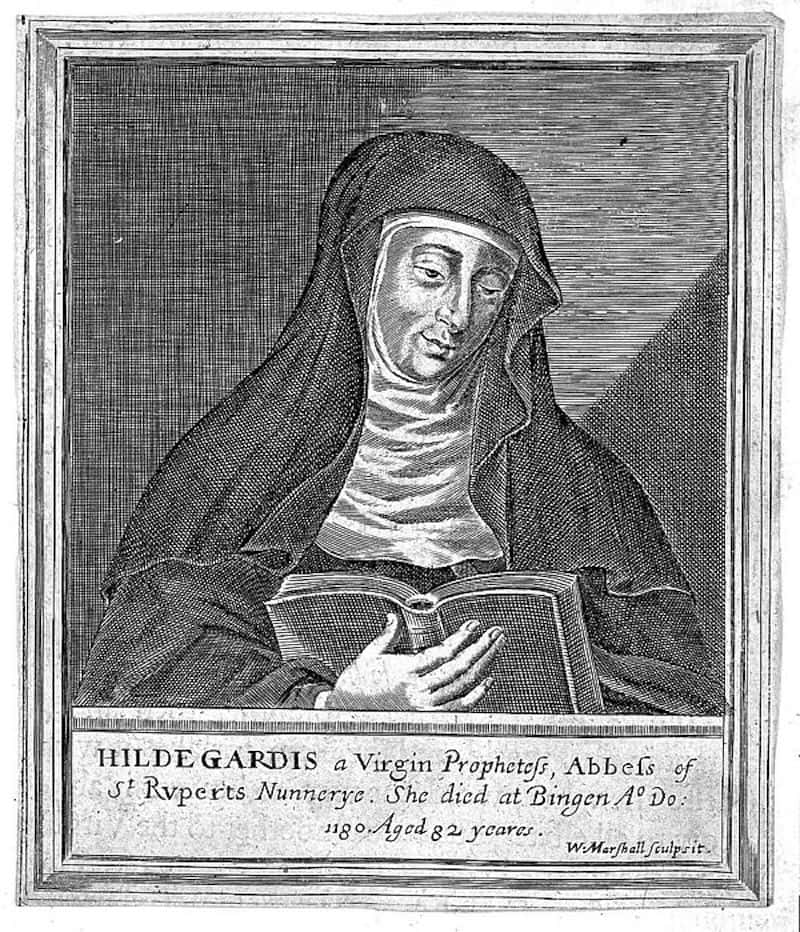
Hildegard von Bingen was a philosopher, mystic, writer, and composer of the early second millennium.
The church granted her sainthood in 2012 for the miracles she performed and her incredible devotion.
The prophetess composed extended works of astonishing beauty written in a spiritually induced trance-like state of sacred bliss, many of which remain popular today.
Although she was the only known female composer of her time, St. Hildegard is also the most renowned and most frequently recorded medieval artist in the modern age.
4. Peter Abelard
Theologian and scholar Peter Abelard was one of the medieval period’s most scandalous and famous religious figures.
The scandal comes from his illicit affair with fellow scholar Héloïse, who was also a well-known nun.
But he was also a talented composer of Gregorian chant, known for his mournful songs lamenting death, often referring to Biblical and religious figures.
The scandal comes from his illicit affair with fellow scholar Héloïse, who was also a well-known nun.
Abelard wrote a book of compositions for Héloïse’s order of nuns that sadly has been lost to the ages.
In it, we may have found further evidence of Abelard’s musical genius that was ahead of its time in musical structure and melodic simplicity.
Famous Pieces
Although seemingly simple, the sacred subject matter and clear melodic lines of Gregorian chant continued to influence religious composers throughout the centuries.
The influence of the art’s master composers can be seen and heard in later works by legends like Mozart, Beethoven, Handel, and Bach.
21st-century performers of classical works continue to re-interpret, re-record, and re-present these ancient works, among others, on the stage today.
1. Ordo Virtutum
Always an innovator, Hildegard von Bingen’s 82-song Gregorian opera Ordo Virtutum became the world’s first morality play, and her music later influenced many Renaissance composers.
2. “Chorus Novae Jerusalem”
Some of Saint Fulbert’s sacred hymns have been re-interpreted in later recordings, including “Ye Choirs of New Jerusalem,” by English composer Henry John Gauntlett in the 19th century and still sung at Easter masses throughout the western world.
3. “Planctus David super Saul et lonatha”
Abelard’s “Planctus David super Saul et lonatha” mourns the fall of Israel at the hands of the Philistines and laments the death of King Saul and his son, Prince Jonathan.
Conclusion
Gregorian chant as a musical genre has ebbed and flowed in popularity throughout the ages since its inception in the early medieval era.
But as with any great art form, artists return to the genre, and even the same ancient compositions, time and again, re-imagining the content to fit the tastes of the age and re-mastering them to suit advancing technological innovations.
During Gregorian chant’s inception, only a select few could hear the music performed, and then only at rare intervals.
Today, almost anyone in the world can listen to these wondrous works of art at any time they choose, in full surround sound.
What do you think these great composers would think about that?

